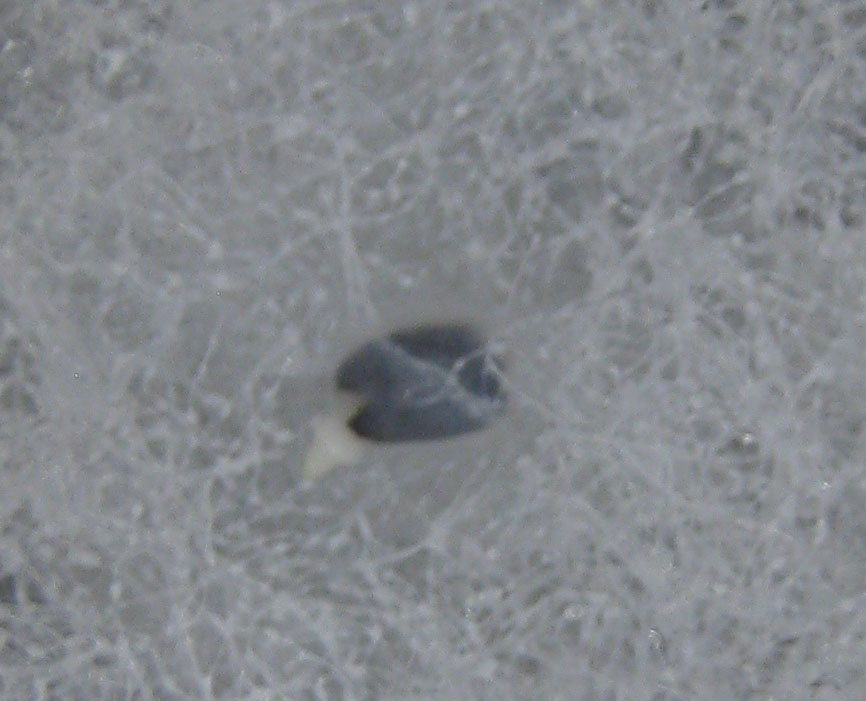
Yes. It’s normal for basil seeds to be covered with a layer of mucilage.
Sweet basil (Ocimum basilicum L.) seeds produce a thick layer of mucilage(slime) around the pericarp within minutes after hydration (watered). Mucilage (a substance like snot) is most prevalent among plant species adapted to surviving in arid(dry) sandy soils, though its significance in determining ecological fitness is unclear.

The mucilage produced by seeds is reported to be composed of cell-wall polysaccharides that are deposited in testa pericarp cells during development. In this study, sweet basil seeds were examined using light and environmental scanning electron microscopy. The mucilage of basil seeds is held together by columnar structures that unfolded from the pericarp and helped hold and stabilize the mucilage to the outer surface.
The mucilage was removed using diluted hydrochloric acid to compare the performance of seeds with and without mucilage. Mucilage removal did not inhibit seed germination under ideal laboratory conditions but decreased the water content of seeds significantly. The water content of intact seeds was almost 4 times greater than seeds without mucilage.
Mucilage enabled seeds cling to an incline board set to a steeper angle than seeds without mucilage.
The fully hydrated seeds approached zero water potential, so the mucilage did not prevent seeds from fully hydrating. Soil (media) germination testing showed the seeds with mucilage had higher germination percentage than the seed without mucilage on several different types of media.
White Slime Over Seeds Is A Good Thing
Seeds with mucilage also had higher survival percentages after 10 days on different types of media. Basil seeds mucilage acts as a reservoir to hold loosely bound water at high water potential so it is available for seed germination and early seedling development.

